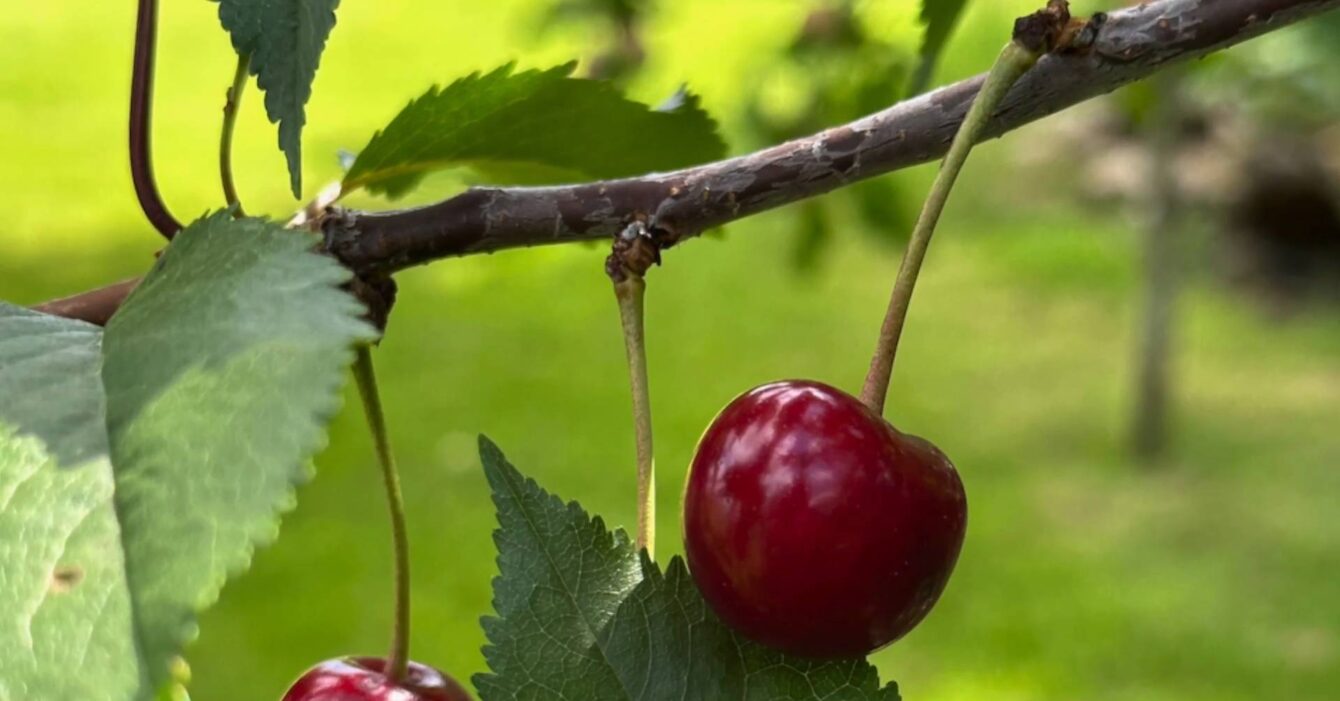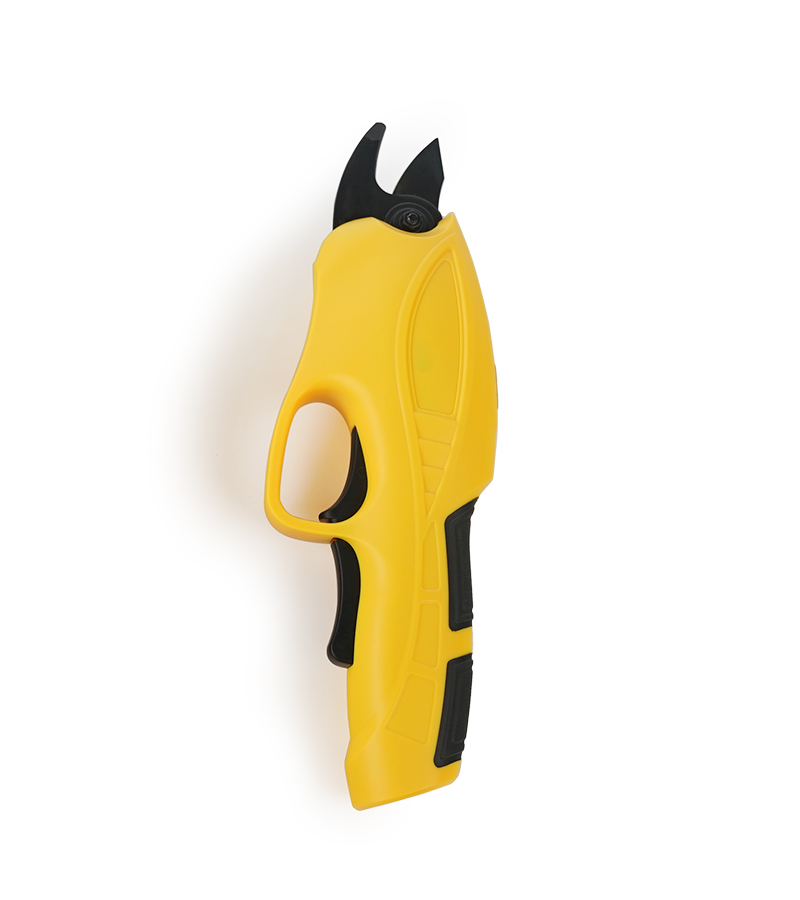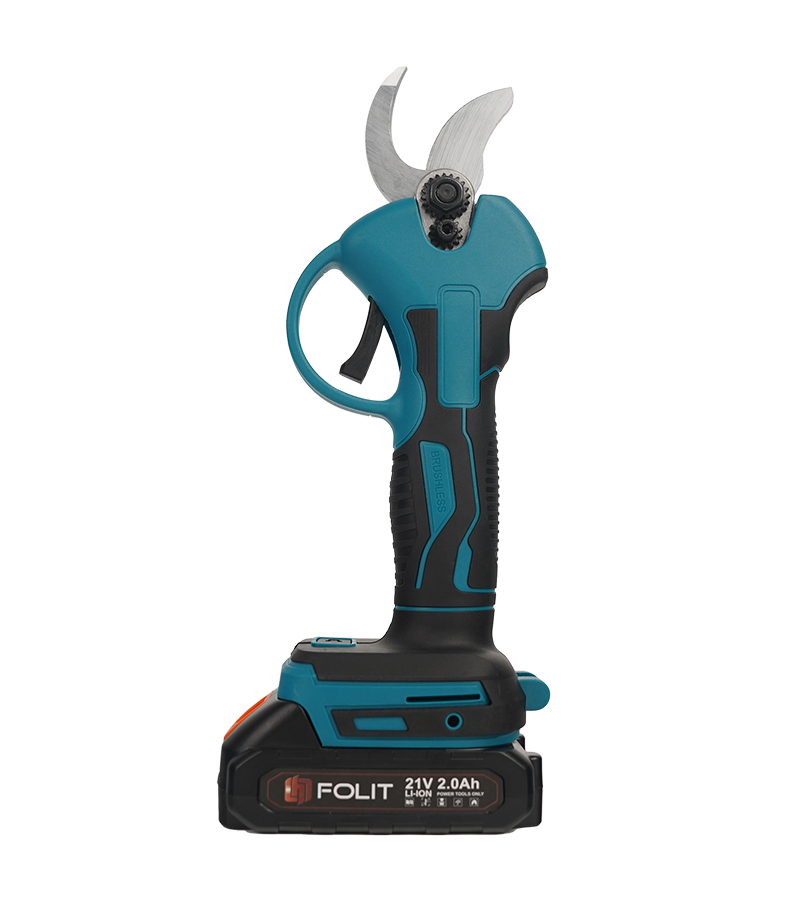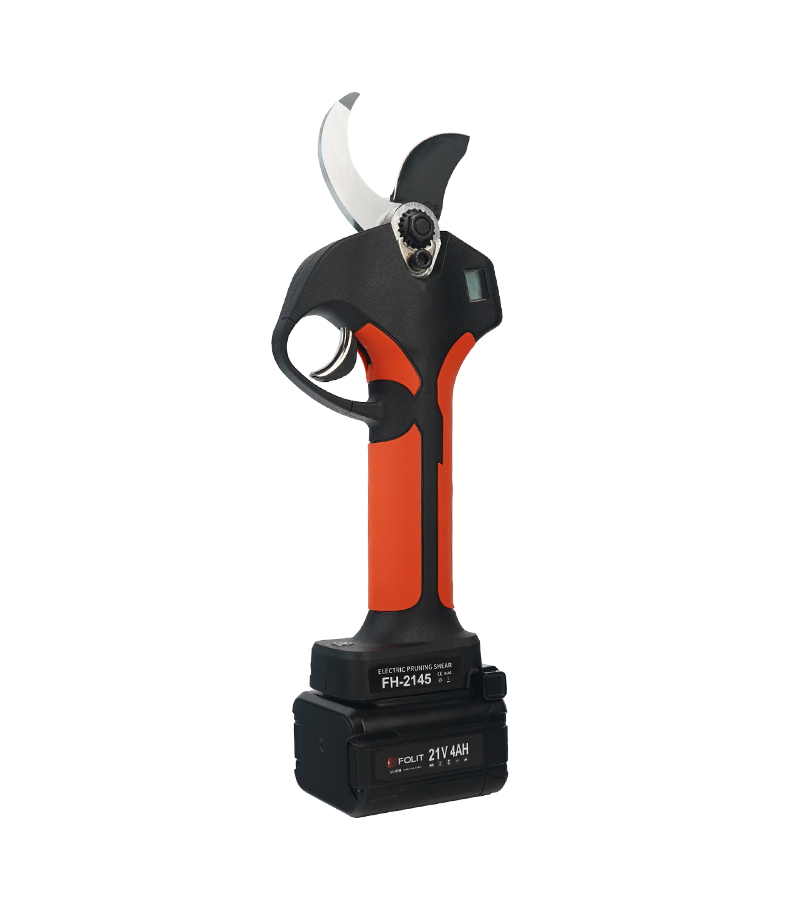Pruning cherry trees in the UK is more than just a seasonal task — it’s a vital part of orchard management that influences tree health, disease resistance, and future fruit yield. The specific timing matters greatly due to Britain’s mild yet damp climate, which can favour certain pathogens.
Ideal Pruning Cherry Trees Season in the UK
Leading horticultural bodies such as the Royal Horticultural Society (RHS) recommend that most pruning should be carried out between mid-July and the end of August, once harvesting has finished.
Pruning outside this window, particularly during late autumn or winter, exposes the tree to a higher risk of fungal infections. Research from East Malling Research showed that cherry trees pruned during summer experienced significantly lower rates of silver leaf disease compared to those pruned in cooler months.
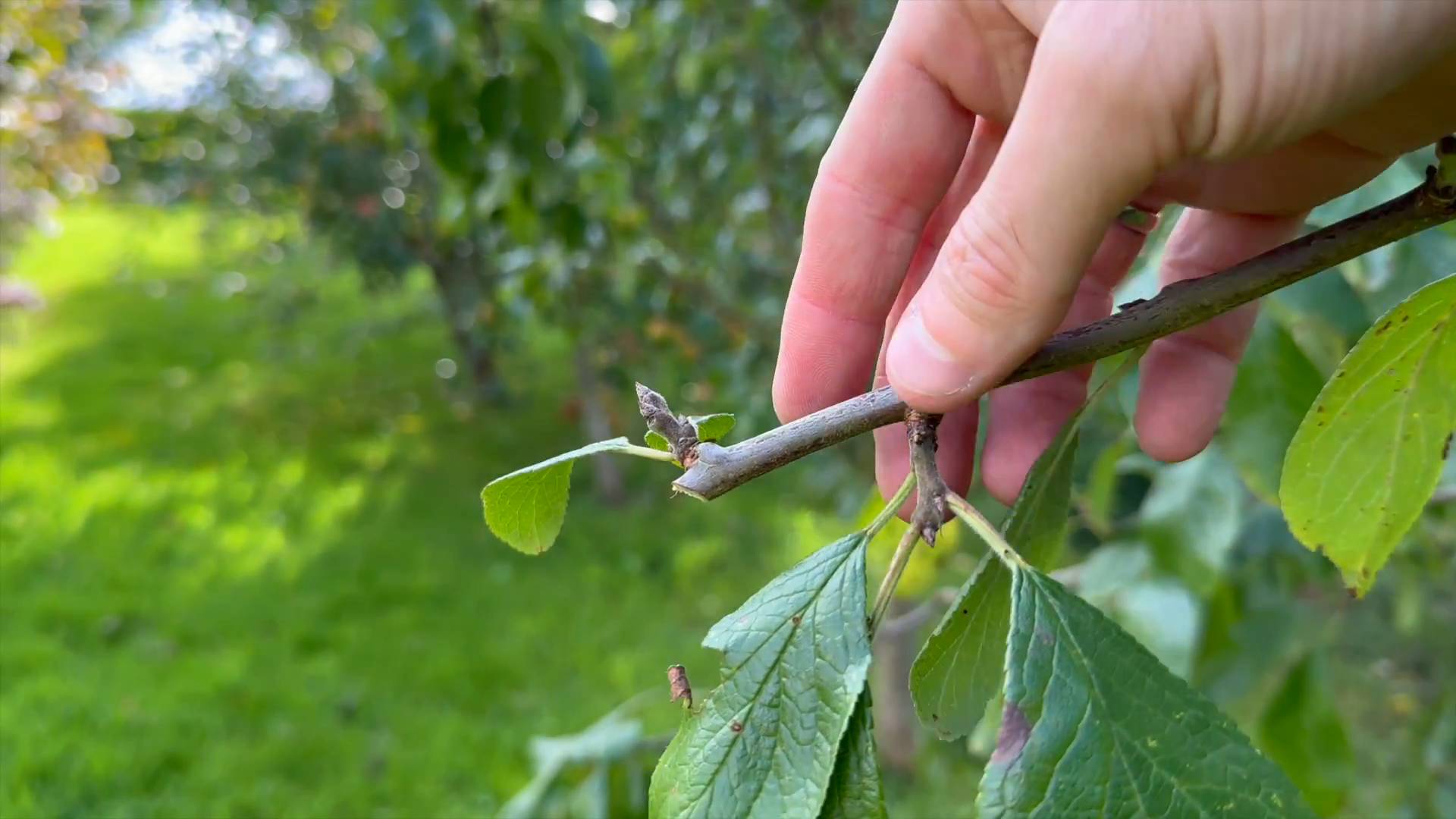
Why Summer Prune Cherry Trees Best
- Reduced Fungal Risk – Warm, drier summer conditions mean fresh cuts close more quickly, limiting the chance of pathogens entering.
- Improved Canopy Conditions – Selectively removing shoots during summer enhances airflow and allows more daylight to penetrate the canopy, which supports the development of next season’s flower buds.
- Controlled Vigour – Summer trimming naturally slows down excessive shoot growth, making the tree easier to maintain.
- Higher Fruit Potential – UK trials have recorded yield improvements of 15–20% when trees are pruned in summer compared to dormant season cuts.
How to Prune a Cherry Tree
1. Clear Out Non-Productive Growth
Remove any branches that are dead, diseased, crossing, or rubbing against others.
2. Shape for Light & Space
Aim to form a balanced framework, ideally an open-centre or ‘goblet’ structure that allows daylight deep into the crown.
3. Shorten Vigorous Upright Growth
Cut back overly strong vertical shoots that divert energy from bud development.
4. Minimise Large Wounds
Make fewer, smaller cuts, and always use sterilised, sharp tools to ensure clean wounds.
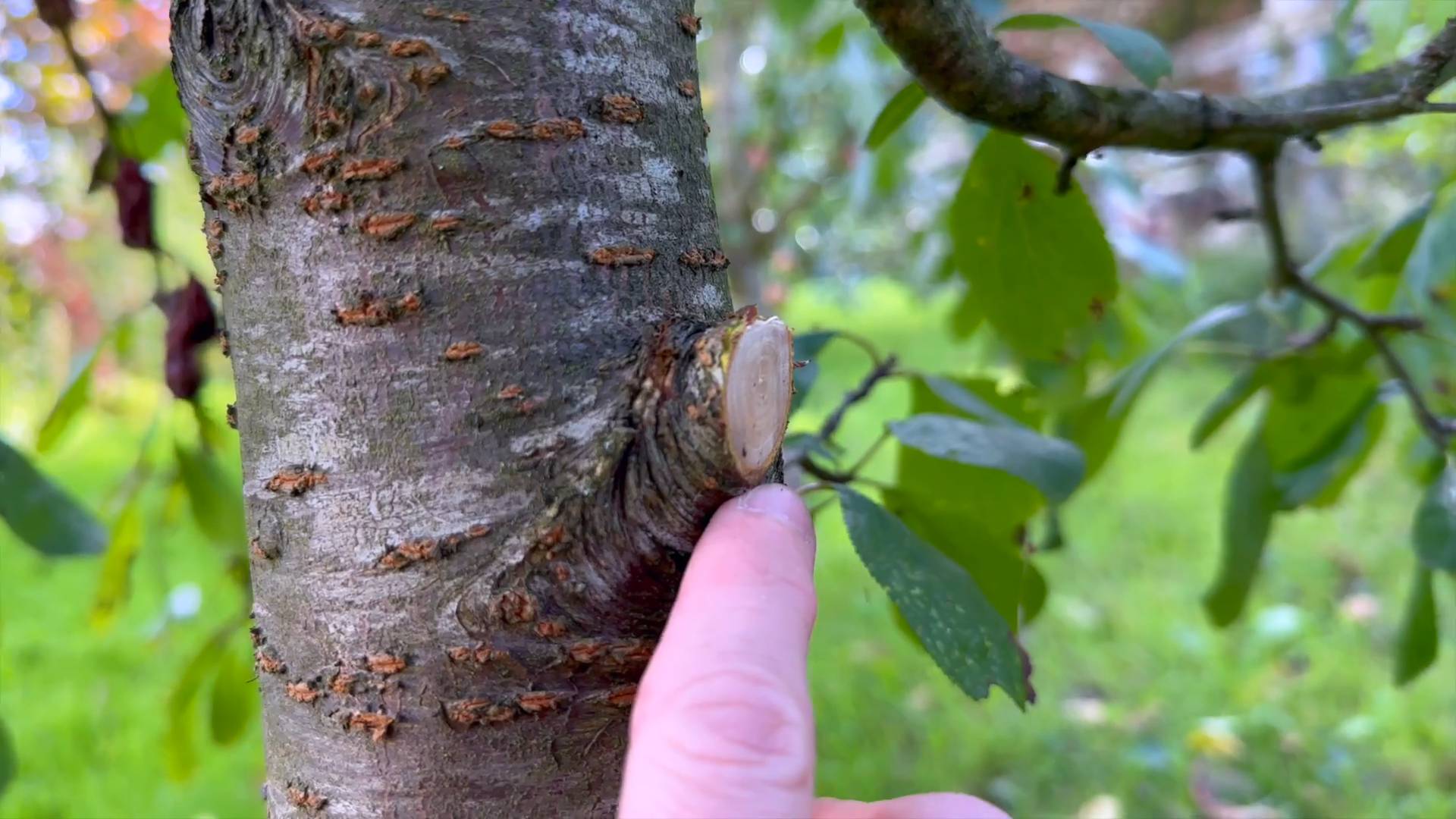
Extra Tips for UK Growers
- Young Trees (up to 5 years old) – Focus on creating a strong, evenly spaced framework of main branches.
- Established Trees – Concentrate on maintaining light penetration and replacing older fruiting wood gradually.
- Weather Matters – Always choose dry days for pruning to reduce bacterial canker risk.
- Dispose of Infected Wood Promptly – Remove from the site or burn to prevent disease spread.
Summary Table
| Cherry Type | Best UK Pruning Time | Key Notes |
|---|---|---|
| Sweet Cherry (P. avium) | Mid-July – Late August | After harvest; avoid winter cuts |
| Sour Cherry (P. cerasus) | Late July – August | Lighter cuts; more tolerant |
Final Thought
For UK gardeners and orchard managers, timing pruning for the warmer summer weeks after harvest is the most effective approach. This method helps keep fungal problems at bay, encourages strong bud formation, and ensures trees remain productive year after year.



